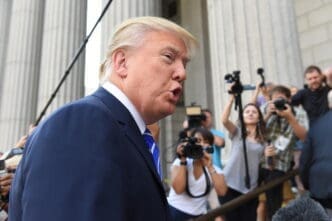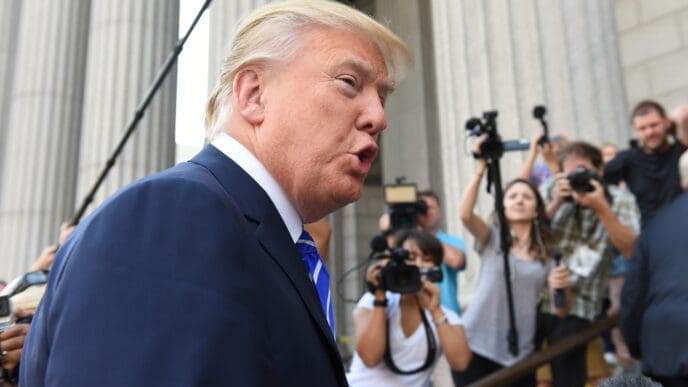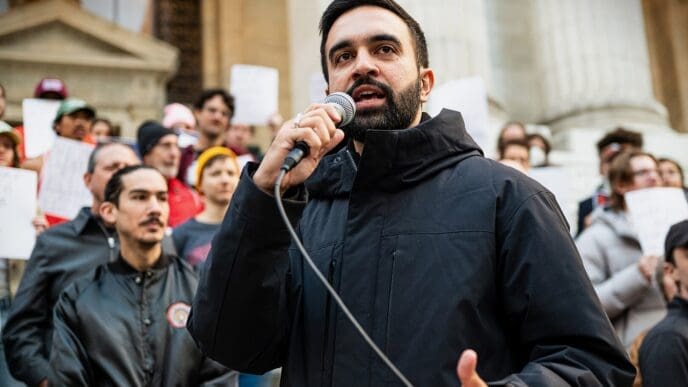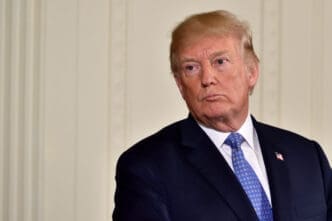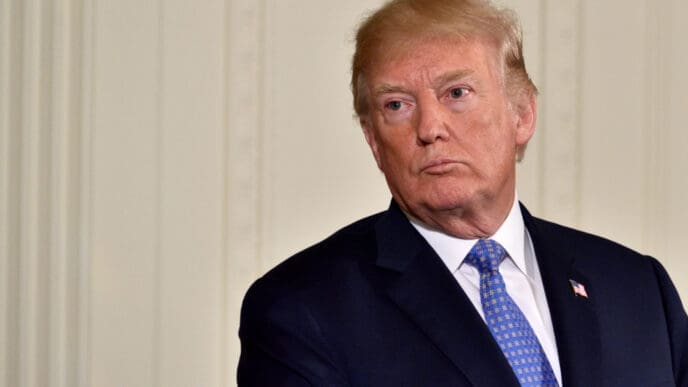Executive Summary
The Story So Far
Why This Matters
Who Thinks What?
The Supreme Court on Monday granted a temporary reprieve to President Donald Trump, allowing him to keep a Federal Trade Commission (FTC) commissioner off the payroll while the justices review his emergency request to remove her. Chief Justice John Roberts issued an administrative stay, providing the court more time to consider Trump’s bid to fire Rebecca Kelly Slaughter.
This short-term order, known as an administrative stay, does not indicate how the Supreme Court will ultimately rule on President Trump’s appeal. Chief Justice Roberts, who handles emergency appeals from the federal court of appeals in Washington, has ordered Slaughter’s legal team to respond to Trump’s emergency appeal by September 15.
The order means that Slaughter will remain out of work until the high court resolves the emergency case. Previously, a divided federal appeals court had ordered Slaughter to be reinstated while the litigation over her firing proceeded, prompting the administration to file an emergency appeal with the Supreme Court.
President Trump initially fired Slaughter and another Democratic FTC commissioner in March. The Federal Trade Commission is responsible for enforcing anti-trust and consumer protection laws across the United States. Slaughter told CNN that she respects the court’s decision and intends to “see this case through to the end.”
Slaughter was first appointed to the FTC board by President Trump in 2018. She was later nominated for a second term by President Joe Biden and confirmed by the Senate without opposition last year. A federal district court had ordered her reinstatement in July, a decision that a Washington, D.C., appeals court subsequently upheld.
Context of Presidential Firing Powers
This case touches on the broader legal debate surrounding a president’s power to dismiss officials from independent agencies. Federal law typically limits the circumstances under which a president may fire leadership at many independent agencies, often requiring a demonstration of “cause.”
However, the Supreme Court has historically shown skepticism toward these limitations in other contexts, asserting that the president generally holds the power to fire employees at will. While the Supreme Court has allowed President Trump to keep board members off the payroll in other instances, it has historically maintained a line of protection around the Federal Reserve.
In a related development, President Trump has recently initiated a new line of attack concerning the Federal Reserve, arguing he has cause to fire Fed Governor Lisa Cook over allegations of mortgage fraud.
The Supreme Court’s temporary order represents a procedural victory for President Trump in his effort to remove Rebecca Kelly Slaughter from the Federal Trade Commission. The case will continue as the justices review the emergency appeal, with a final decision expected to further clarify the extent of presidential authority over independent agency appointments.



